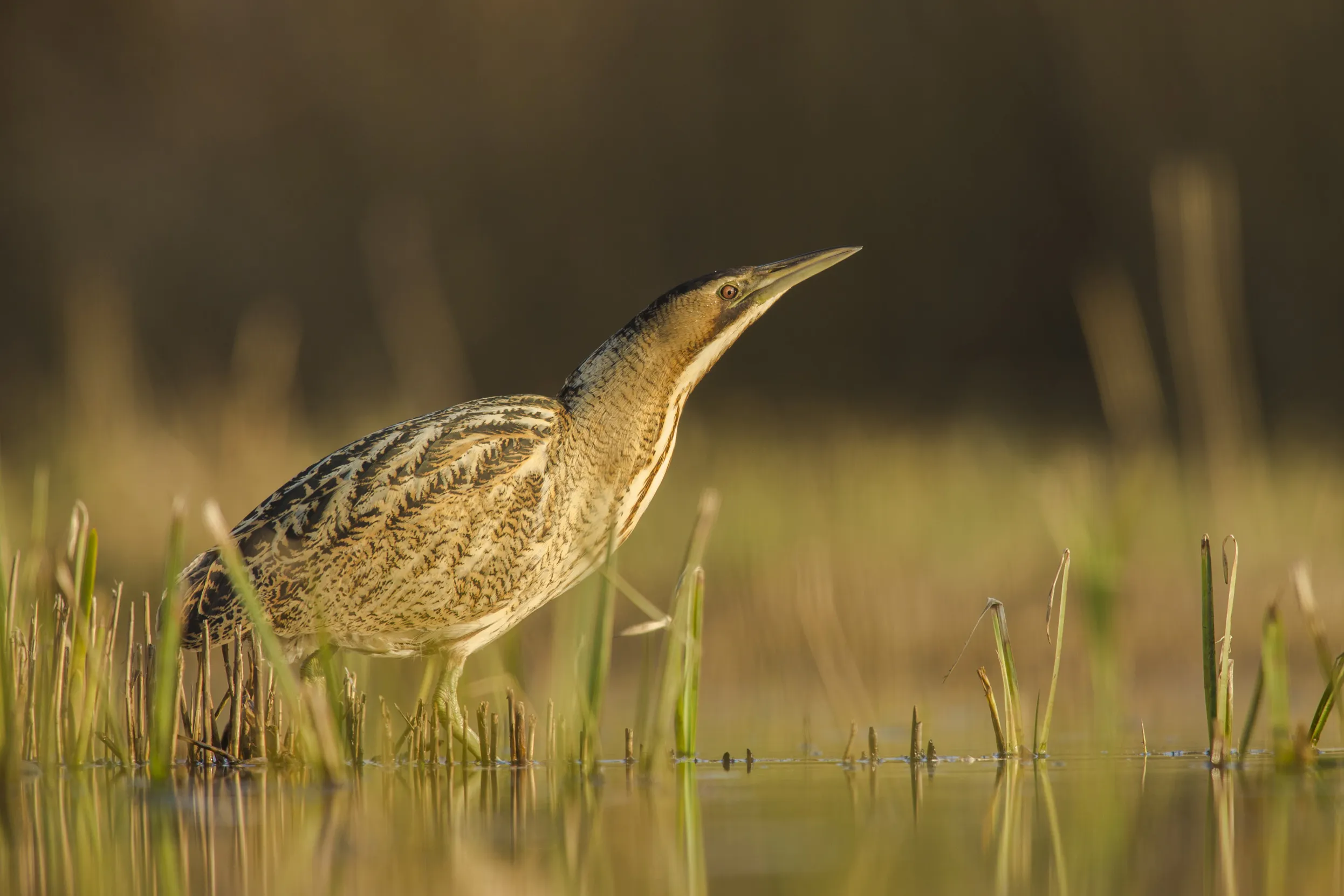News
Orkney’s wildlife is recovering as project's final phase is in sight
Threatened populations of Hen Harriers, Curlews and Orkney Voles are on the up since the launch of the Orkney Native Wil...
Creating a nature reserve isn’t as simple as letting the grass grow or planting a few trees. Sometimes it’s an incredibly complex process of continuous improvement that can take years to complete. Sometimes it takes decades.

In the heart of the East Anglian countryside, a nature reserve is being created that’s going to take a generation to complete.
Ouse Fen is a joint project between the RSPB and construction company Hanson UK, and together we’re working to transform a massive quarry into a haven for wildlife. The quarry itself will be running for 30 years by the time it’s closed down, and by the end of its life, over 28 million tonnes of sand and gravel will have been excavated!
When each section of the quarrying is completed, the RSPB and Hanson UK work together to ensure the dumpers and dozers create the high-quality ditches, reedbeds and pools that different species need. Each area is then handed over to the RSPB to manage for nature and for people to visit.
It’s a trailblazing partnership, and it’s the largest project involving this type of quarry anywhere in Europe.

Ouse Fen is a wetland site, with pools and wet grassland and a reedbed that, at 460 hectares, will eventually be the largest in the UK. To give you an idea of scale, Central Park in New York is 340 hectares: it really is enormous.
Work is still ongoing at the reserve, but in 20 years, the project has already transformed huge areas into perfect natural havens, and wildlife is pouring in, including some real rarities.
Top species include Bearded Tits, European Cranes, Marsh Harriers, Water Voles and Otters, as well as an important population of Bitterns. In fact, in 2021, an incredible 12 male Bitterns were heard ‘booming’ out their mating calls at Ouse Fen. That’s more than the entire UK population in 1997!
Ouse Fen provides a great landscape for people as well. A network of 20 miles of paths is being built to help people explore the wetland, and a new visitor entrance with car park has been added to provide easy access. The local community also helped put together trail maps to help people walk to the reserve from nearby villages.
Volunteers have also made a massive difference at Ouse Fen. So far, they’ve helped to plant an amazing 130,000 reeds – by hand!

Wetlands are an important habitat, but sadly, they’ve been vanishing for hundreds of years.
Over centuries, people have straightened the Fens’ many rivers, and added channels and ditches to drain this low-lying area for farmland. Drying the peaty soils has caused them to shrink meaning that much of the Fens now lie below sea level.
Not only has this caused even more problems with flooding, but it’s also led to carbon escaping from the soil, which contributes to the climate emergency. Huge areas of wildlife habitat have also been lost.
That’s why Ouse Fen is so important: it’s replacing this lost habitat that is vital to so many species.
The Hanson-RSPB Wetland Project began in 2001, and the transformation has been gradual because the quarry is still in operation. But it’s already making a difference, and by the end of the project, it’s going to be even better.
We’re already seeing important wildlife moving in, but by 2030, we’re hoping to see even more, and have ambitions for 20 booming Bitterns at the site, and 100 nesting pairs of Bearded Tits.
A project of this scale and vision can only happen with the support and enthusiasm of a wide range of organisations and individuals. Hanson and the RSPB would particularly like to thank Cambridgeshire County Council and local people for their help and support in developing this important project.
